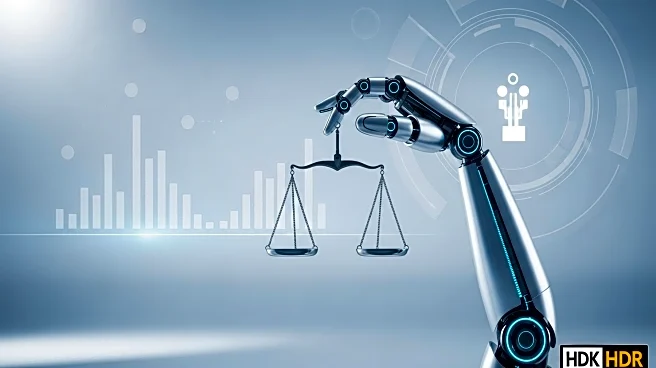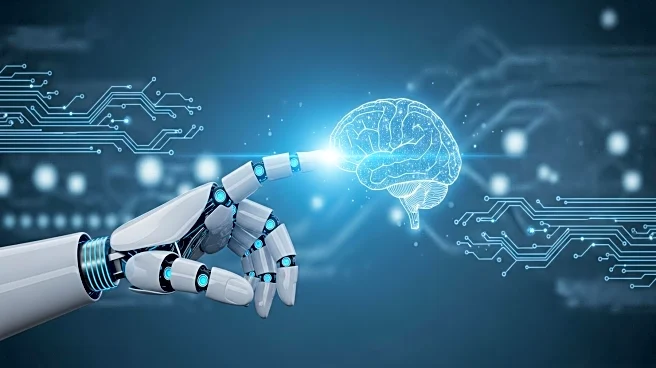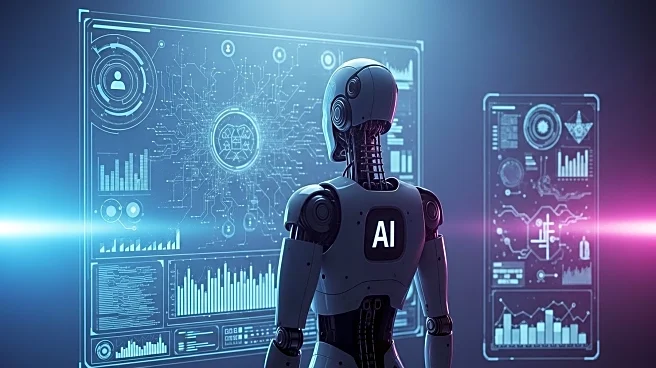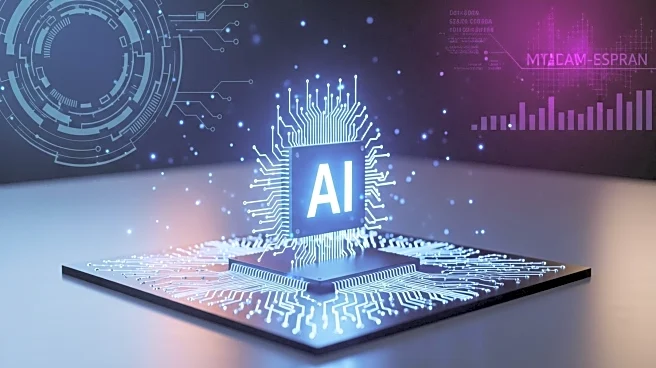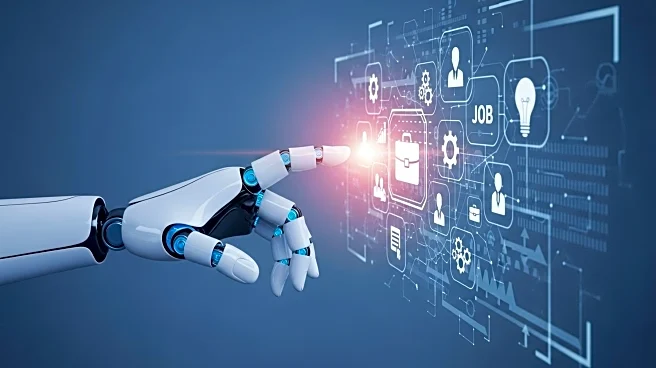What's Happening?
Artificial intelligence has significantly impacted the hiring process, particularly through the use of Applicant Tracking Systems (ATS). These systems have become prevalent in managing large volumes of job applications, offering a systematic approach to recruitment. ATS are designed to streamline the hiring process by filtering and ranking candidates, reducing the time recruiters spend manually reviewing applications. They employ various levels of sophistication, from basic keyword searches to advanced predictive tools that assess candidates' fit with organizational culture and values. Despite their benefits, ATS face challenges in accurately evaluating candidates due to the variability in resumes and cover letters, which are not standardized documents. This variability can affect the algorithm's ability to extract relevant information and make accurate assessments, especially for roles with less defined profiles.
Why It's Important?
The widespread adoption of ATS in recruitment processes highlights the growing reliance on technology to manage human resources efficiently. These systems offer significant advantages in handling large applicant pools and ensuring consistency in candidate evaluation. However, their limitations underscore the need for a balanced approach that combines technological efficiency with human judgment. For hiring managers, ATS should serve as an initial filter rather than a final decision-maker, while candidates must adapt their resumes to be both algorithm and human-friendly. The integration of ATS in hiring practices reflects broader trends in digital transformation across industries, emphasizing the importance of critical thinking and adaptability in leveraging technology for effective decision-making.
What's Next?
As ATS continue to evolve, organizations may seek to enhance their capabilities by integrating more sophisticated AI tools that can better assess soft skills and cultural fit. Hiring managers are encouraged to challenge the outputs of ATS and consider unconventional profiles to broaden their selection criteria. Candidates should focus on creating clear and comprehensive resumes that cater to both algorithmic and human audiences. The future of recruitment will likely involve a hybrid approach that combines the efficiency of ATS with the nuanced understanding of human evaluators, ensuring that technology serves as a complement rather than a replacement in the hiring process.
Beyond the Headlines
The use of ATS raises ethical considerations regarding bias and fairness in recruitment. While these systems aim to provide consistent evaluations, the reliance on algorithms can inadvertently perpetuate biases present in historical hiring data. Organizations must be vigilant in monitoring and adjusting their ATS to mitigate such risks. Additionally, the shift towards AI-driven recruitment reflects broader societal changes in how technology influences employment practices, highlighting the need for ongoing dialogue about the role of AI in shaping the future of work.


